Top speed 1,707 km/h Length 14 m | Wingspan 8.15 m Engine type Turbomeca Marboré | |
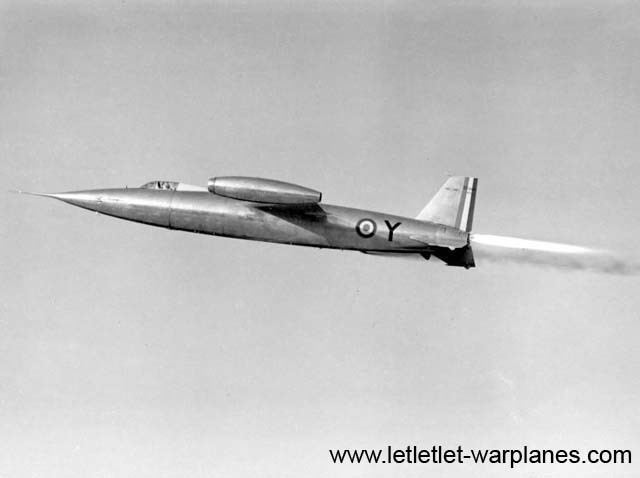 | ||
The SNCASO SO.9000 Trident was a French mixed-power interceptor aircraft of the 1950s. Capable of supersonic flight, the project was cancelled in July 1957 after only 12 examples had been built.
Contents
- Design and development
- SO9000 Trident I
- SO9050 Trident II
- Aircraft on display
- Specifications SO9000
- References

Design and development
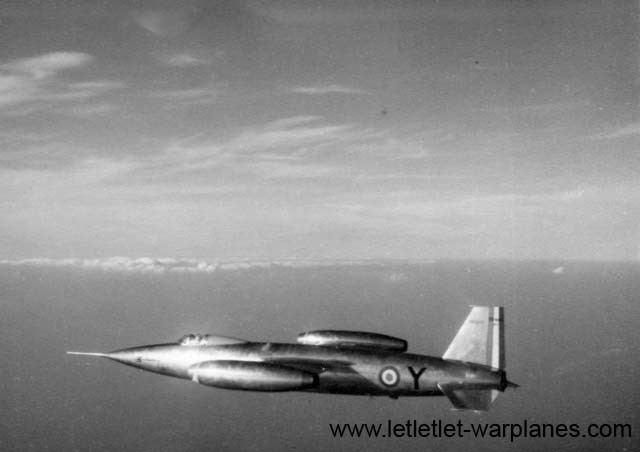
The French Air Staff tasked SNCASO to develop a point defence interceptor, studies began in October 1948. The aircraft that emerged was a shoulder-wing monoplane, to be primarily powered by a SEPR rocket engine and augmented with wing-tip mounted turbojets. First flown on 2 March 1953 by test pilot Jacques Guignard, the aircraft used the entire length of the runway to get airborne powered only by its turbojets. From March 1955 the Trident I flew with new turbojets, the more powerful Dassault-built MD 30 Viper ASV.5, which produced 7.34 kN (1,654 lbf) thrust each. With these engines it soon exceeded Mach 1 in a shallow dive without rocket power.

Test flights of the SO.9000 were described by the author Bill Gunston as 'hairy' until the rocket motor was added in September 1954. During the 18-month test programme the aircraft completed over 100 flights, eventually reaching a speed of Mach 1.8 and an altitude of 20,000 metres (65,000 ft).
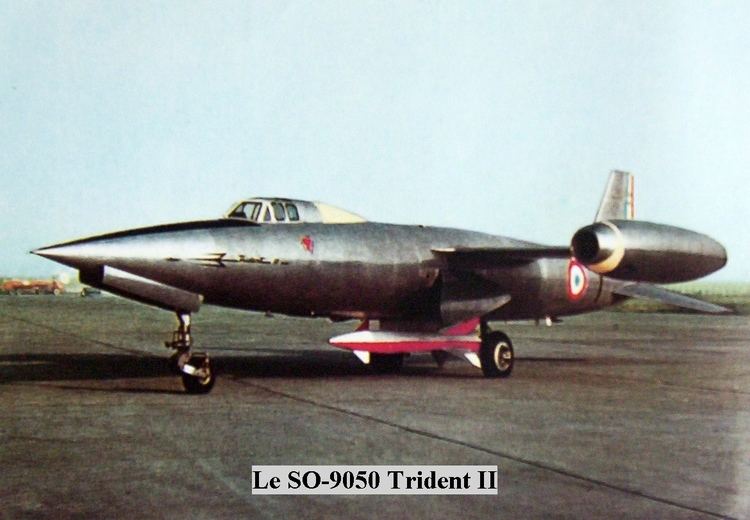
The first Trident II, 001, was destroyed on 21 May 1957 during a test-flight out of Centre d'Essais en Vol (Flight Test Center) when its highly volatile fuels, Furaline and nitric acid, accidentally mixed and exploded, killing test pilot Charles Goujon. In 1958, the Trident II set time to height and altitude records. Its record altitude of 24,300 metres (79,700 ft) in May was made by Roger Carpentier
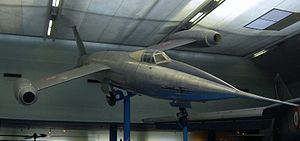
The project was cancelled in July 1957; the decision was influenced by the manned fighter cuts announced by the British Defence Minister, Duncan Sandys.
SO.9000 Trident I
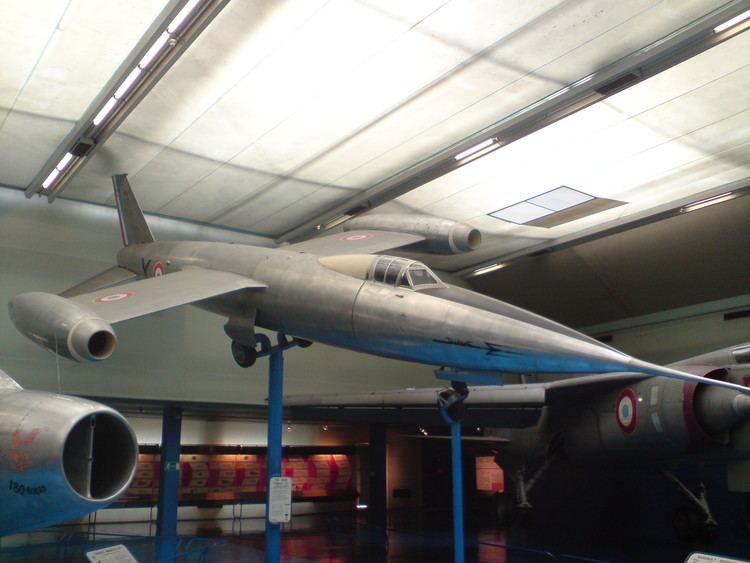
Two aircraft built. The first aircraft was built at Istres and was completed in late 1952, the second aircraft 02 crashed on its first flight in September 1953. Three-chamber SEPR 481 rocket engine, each chamber producing 2,755 lbf (12,250 N) thrust.
SO.9050 Trident II
Ten pre-production aircraft ordered in 1953. Higher power, 11.77 kN (2,645 lbf), Turbomeca Gabizo turbojets, with a two-chamber SEPR 631 rocket engine (each chamber now being individually ignited for finer thrust control). First flight 21 December 1955.
Aircraft on display
The preserved SO.9000-01 Trident has been on public display since 1956 at the Musée de l'Air et de l'Espace, near Paris.
Specifications (SO.9000)
Data from Gunston Rothmund
General characteristics
Performance
